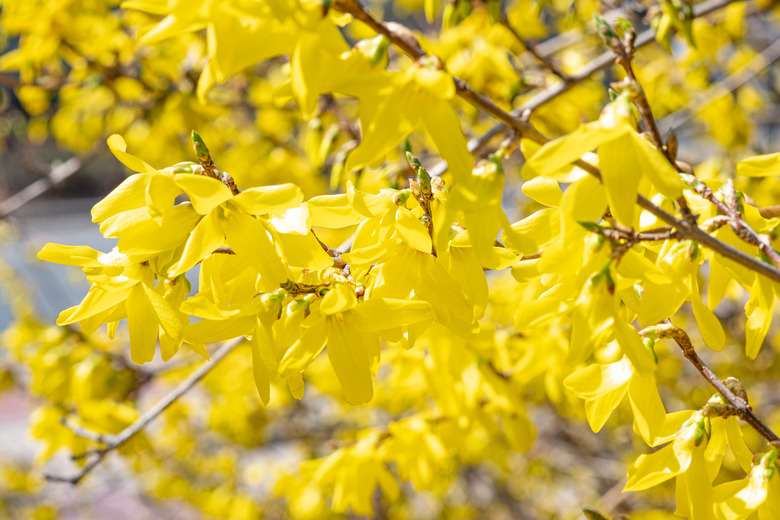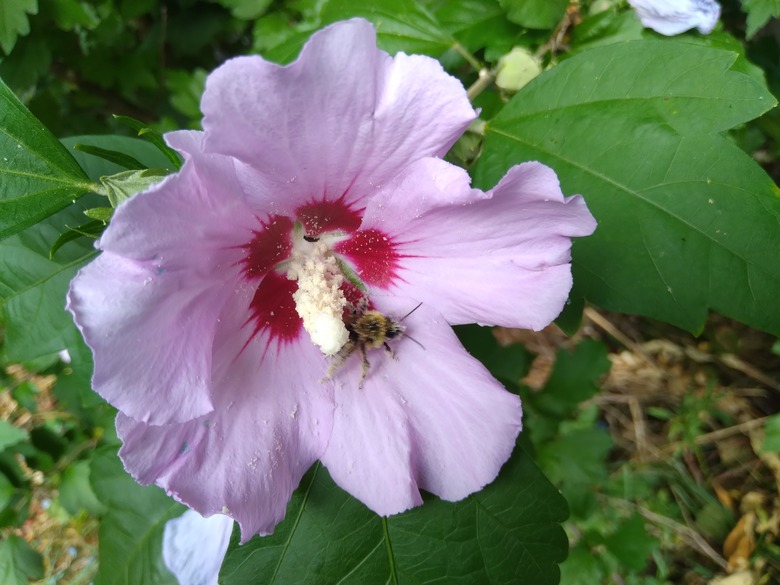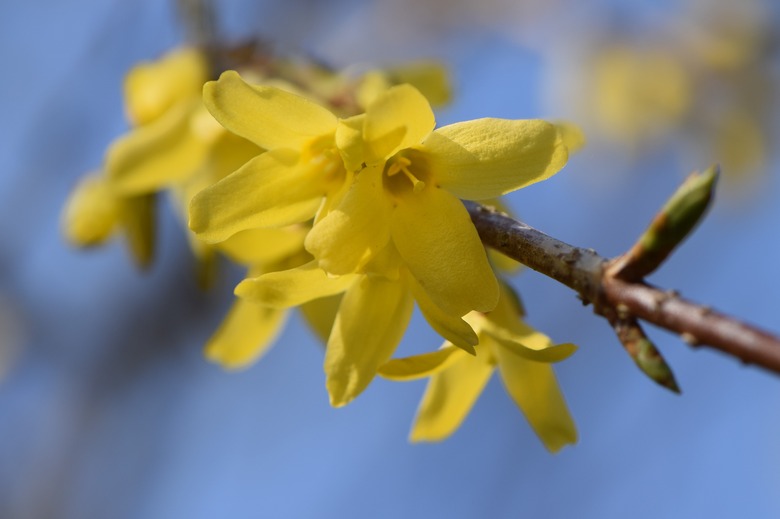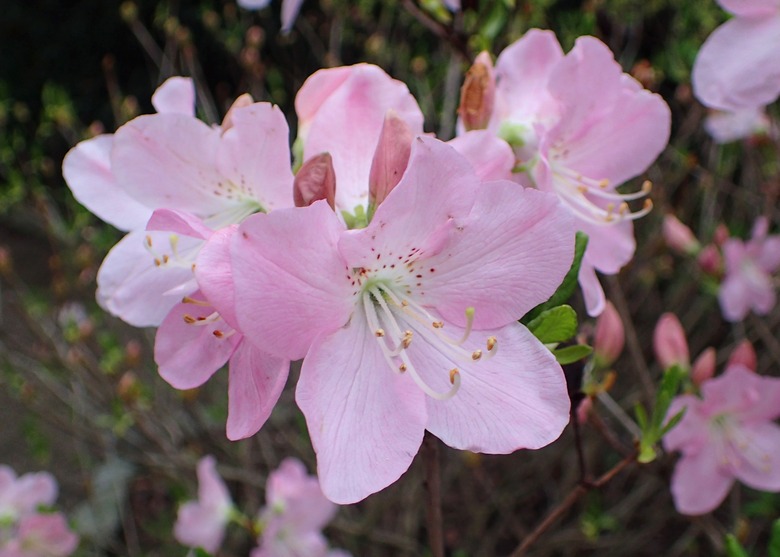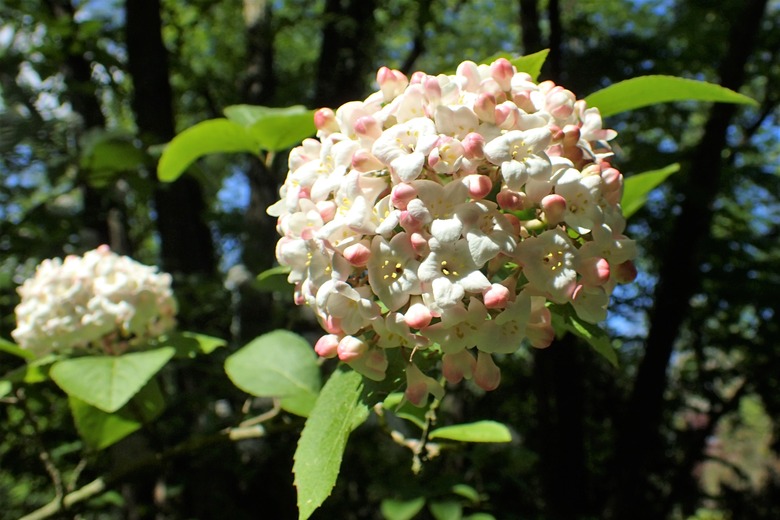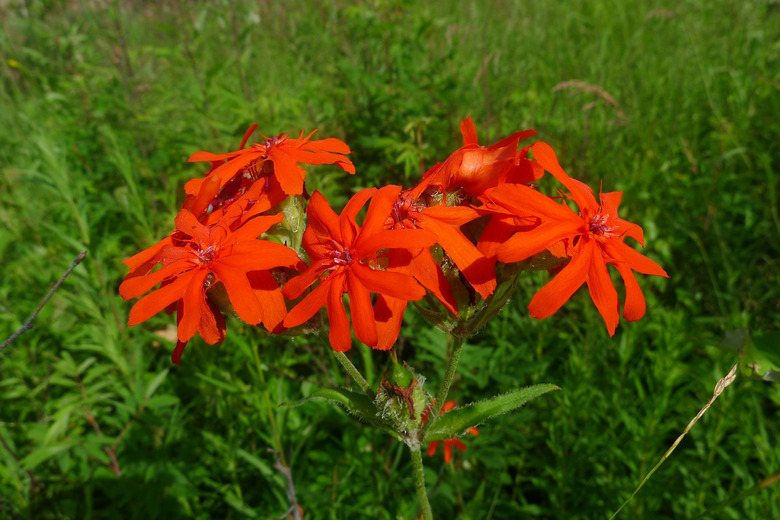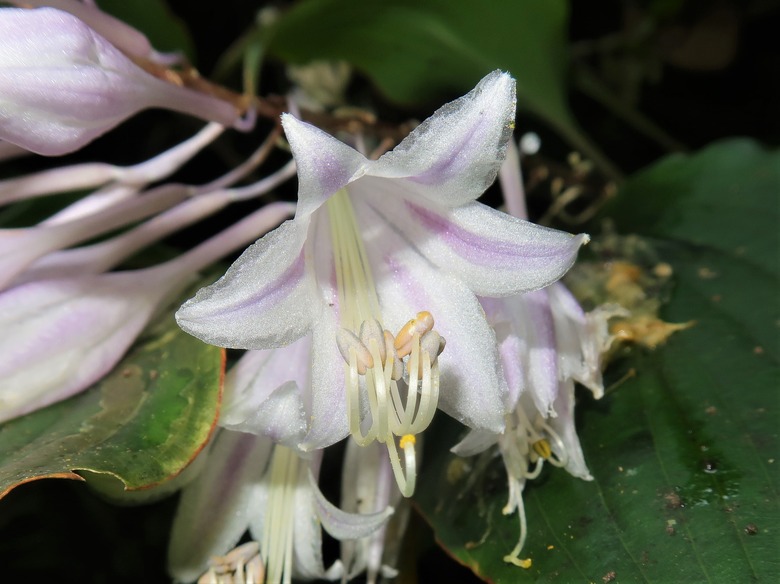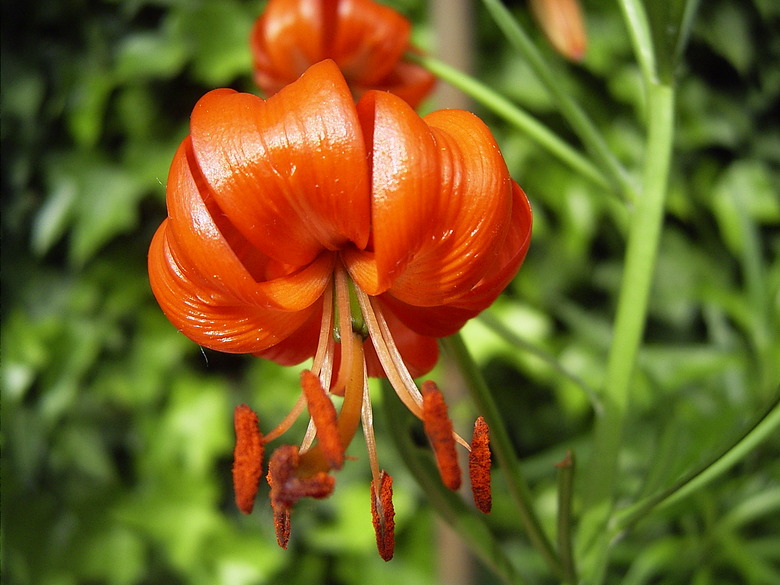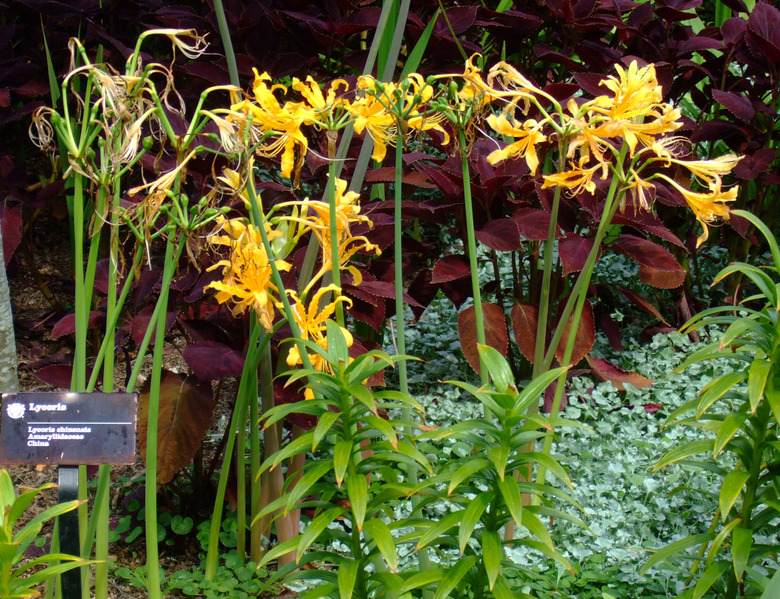Common Flowers In Korea
From flowering shrubs to flowers that grow from bulbs, the diverse flora of the Korean peninsula include many different types of magnificent blooms suitable for a variety of growing conditions. Common flowers native to Korea include hostas, azaleas and lilies.
South Korea's National Flower
The South Korean national flower is the rose of Sharon (Hibiscus syriacus, USDA plant hardiness zones 5-8), which is not a rose but rather a member of the hibiscus family. The blooms of this deciduous shrub have five pinkish-mauve-colored petals with magenta eyes.
The rose of Sharon is in bloom from June through October. It is considered invasive in parts of the United States.
Korean Flowering Shrubs
Let's take a look at some of Korea's flowering shrubs.
Korean Forsythia
Designated the official flower of the South Korean capital of Seoul, the Korean forsythia (Forsythia ovata, zones 4 to 7), also known as golden bells, is a deciduous shrub that blooms in early spring. Its flowers have four yellow petals with a width of 3/4 inch.
The buds of the Korean forsythia can withstand temperatures as low as 25°F, which makes them exceptionally hardy. These plants bloom on the previous year's bloom, so any pruning should be done immediately after they are finished flowering to avoid cutting off the following season's blooms.
Azaleas
Many azaleas (Rhododendron spp.) are evergreen; however, some species native to Korea are deciduous, meaning they shed their leaves in the fall in cold climates. They include the royal azalea (Rhododendron schlippenbachii, zones 4 to 7), which reaches a height of 4 to 6 feet. Its white, funnel-shaped flowers have a pink tint to them and are around 3 inches wide.
The Korean azalea (Rhododendron yedoense var. poukhanense, zones 4 to 9) has a similar height but with purplish-pink flowers. Both species bloom in April and May.
Koreanspice Viburnum
The Koreanspice viburnum (Viburnum carlesii, zones 4 to 7) is a deciduous shrub prized for its intensely scented white flowers, which have a spicy fragrance and grow in clusters. The buds of the species are red. The flowers have a pink tinge when they emerge.
Perennial Flowers of Korea
Here are some beloved perennial flowers found in Korea.
Brilliant Lychnis
For a summer display of red flowers, consider the brilliant lychnis (Lychnis fulgens, zones 4 to 8), which blooms in June and July. This species, which is native to parts of China, Japan, Russia and Korea, produces showy blooms that are 2 1/2 inches wide, where each red petal has two lobes. The brilliant lychnis can grow in dry, poor soils.
Hostas
Hostas (Hosta spp.) are go-to perennial flowers for planting in shaded areas and are native to Asia. Hostas species found in Korea include Hosta longipes, which produces purple flowers, and Hosta clausa, the blooms of which are lavender in color. Both species are hardy in zones 3 to 8.
Flowing Bulbs in Korea
Lastly, let's look at some flowing bulbs in Korea.
Lilies
A number of true lilies (Lilium spp.) are native to Korea, including the coral lily (Lilium pumilum, zones 3 to 7). As its name suggests, it has coral-colored flowers. It is in bloom in June and July.
The popular tiger lily (Lilium lancifolium, zones 3 to 8), which has orange flowers that are covered in dark brown specks, is also native to Korea.
Yellow Surprise Lily
The yellow surprise lily (Lycoris chinensis, zones 5 to 9), a member of the amaryllis family, is native to humid forest areas of Korea as well as China. This species gets its common name from its flowers, which have ruffled orangish-yellow tepals and grow in clusters of five or six. These plants can be grown in containers and overwintered indoors where they are not winter hardy.
References
- Missouri Botanical Garden: Lychnis fulgens
- Missouri Botanical Garden: Rhododendron schlippenbachii
- Missouri Botanical Garden: Lycoris chinensis
- Missouri Botanical Garden: Forsythia ovata
- Governors Association of Korea: Seoul
- Missouri Botanical Garden: Hibiscus syriacus
- Clemson Cooperative Extension: Forsythia
- Missouri Botanical Garden: Hosta longipes
- Missouri Botanical Garden: Rhododendron yedoense var. poukhanense
- Missouri Botanical Garden: Viburnum carlesii
- Missouri Botanical Garden: Lilium pumilum
- Chicago Botanical Garden: Lilium lancifolium
